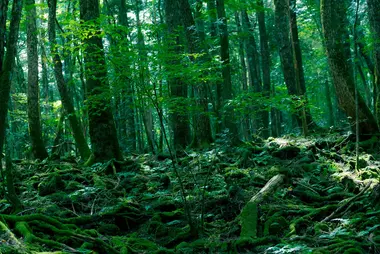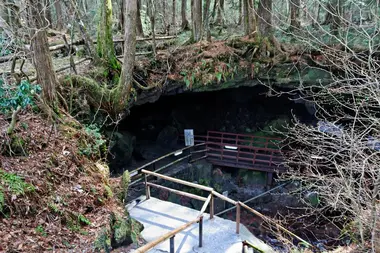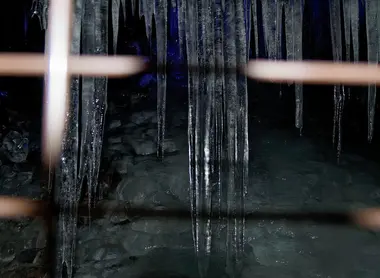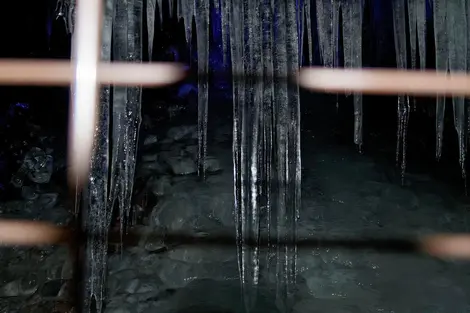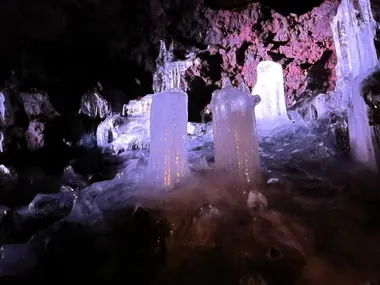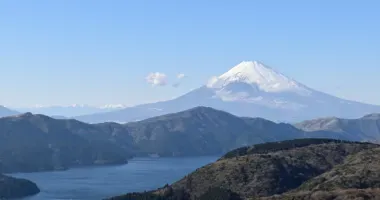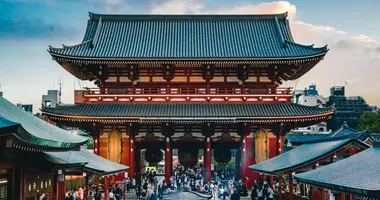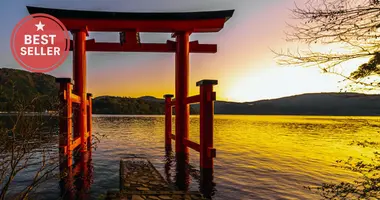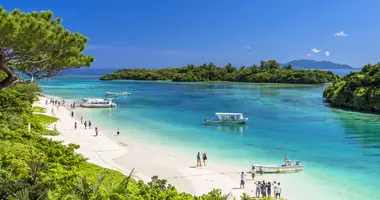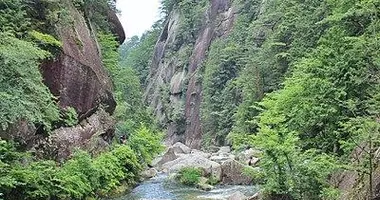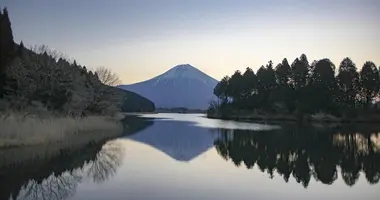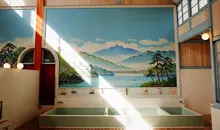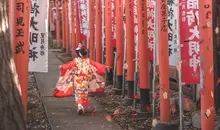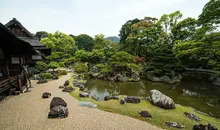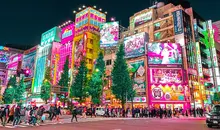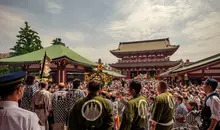Narusawa Ice Cave 鳴沢氷穴
- Published on : 12/07/2018
- by : Ph.L
- Youtube

Narusawa Cave
Flick/SRG-msucoo93
Mount Fuji's Hidden Ice Cave
Real name Narusawa-hyōketsu, the Narusawa Ice Cave is a natural icehouse located a few steps from Mount Fuji. Hidden in the heart of the Aokigahara forest, the Narusawa cave is an unusual place that will seduce all lovers of caving passing through the five lakes region.
A 1,150 year old cave!
Located east of Aokigahara Forest, Narusawa Cave was formed after the eruption of Mount Fuji in 864.
Seealso: Aokigahara Forest
21 meters deep, this cavern has been home to a natural ice formation over 153 meters long for centuries!
An invaluable treasure , which the inhabitants of the region have been able to use throughout their history to overcome the difficulties of everyday life.
First under Edo (1603-1868) , when the cave was used to store perishable foodstuffs, then under Taisho (1912-1926) to draw the ice needed to maintain the medical equipment in the neighboring clinics.
T oday, the cave is a popular tourist spot in the region. And every year, several hundred tourists come to tread its frozen ground to come and admire 1150 years of history.
See also : The five lakes region
A guided tour at 3°C
It is possible to visit the Narusawa cave accompanied by a specialist from the nearby caving centre.
The visit begins with the descent to the site , a succession of stairs installed between the slippery rocks of the cave that you will have to pace with caution to avoid the risk of spraining your ankle.
Fortunately, everything is done so that no one gets hurt. And complete equipment consisting of a helmet, a carabiner and safety gloves is provided during the guided tour.
The latter is usually done in small groups and begins with the old water installations. The water in the blocks of ice being difficult to exhaust, the water was pumped in large quantities from the cave to supply the surrounding crops. Like the old silkworm parks that can be admired at the entrance to the cave.
With temperatures not exceeding 3°C , Narusawa Cave was an ideal place for sericulture. And many farmers have traded in it to supply silk to kimono makers in the region.
Note that the guided tour is entirely in Japanese , but that leaflets in several languages are available for foreign tourists, including English and Chinese.
Dela ice in perpetual formation
Once past the dry lava tunnel , budding speleologists finally arrive at the heart of the cave: an ice cave made up of stalactites and frozen blocks.
To go further: The three little-known caves of Mount Fuji
As the ice does not melt, the cavity has been fitted out by the nearby speleology center to offer visitors a unique and ''refreshing'' spectacle.
It is therefore in a bluish atmosphere that the latter will be able to discover the cave of Narusawa, in the light of the spotlights arranged almost everywhere in the cavity.
Although the ice is constantly forming , we recommend that you visit the cave in the middle of winter. The temperatures are certainly cooler than usual, but some blocks of ice can reach up to 3 meters high at this time of year! It would be a shame to miss this!
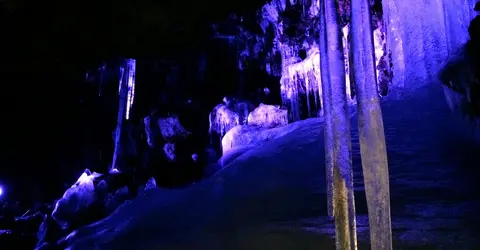
Ice blocks are illuminated
Flick/kalleboo
Address, timetable & access
Address
Timetable
by bus from Kawaguchiko Station (Fujikyuko Line), Fuketsu StopPrice
adult350 yen (2.70 euros), child 200 yen (1.54 euros)Access
8:30 a.m. to 5 p.m. (varies depending on the season)Website
http://www.mtfuji-cave.com/en/
